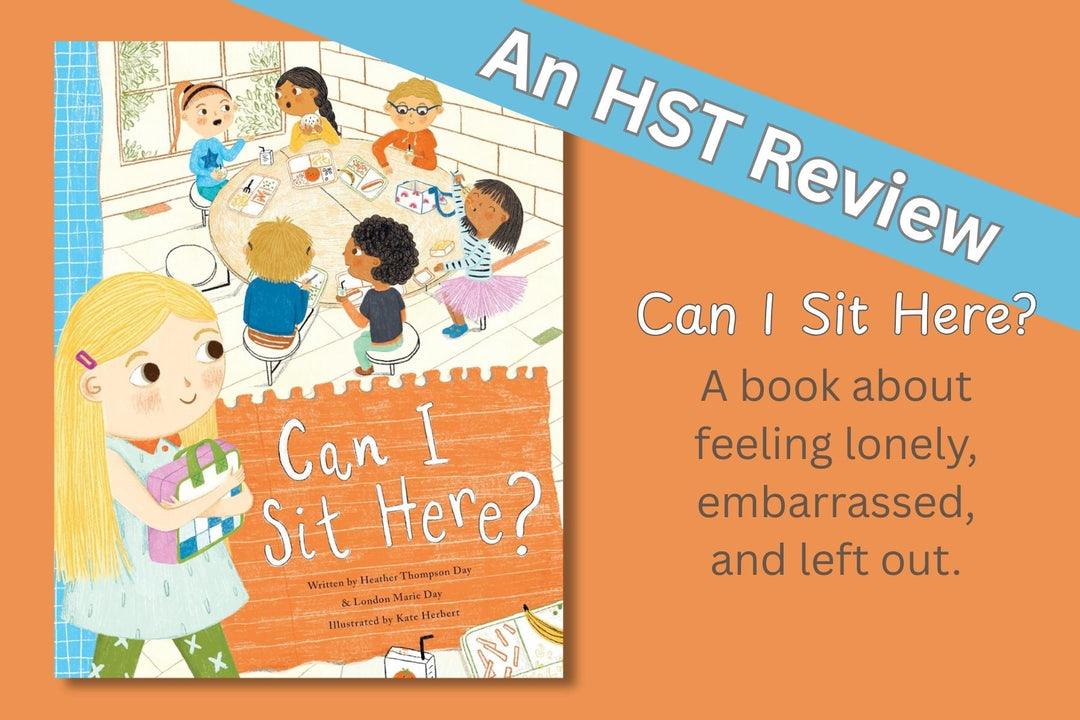How to Manage Video Games in Your Home

How can we as parents manage video games in our homes when it's become such a huge part of many teens' lives? Is there another option besides not allowing video games at all or letting them control our teens?
A whopping ninety-seven percent of twelve through seventeen year olds play video games, making it the most popular activity among teenagers. On any given day, sixty percent of middle schoolers will play a video game in their homes. With $12 billion dollars in video game sales comes the concern that excessive violence in many of the games could lead to aggressive behavior in the individuals that play them.
Violence and Video Games
A 2004 study published in the Journal of Adolescence concluded that children who regularly play violent video games were less likely to feel bad when their friends were upset and more likely to feel it is okay to retaliate if someone hits them. Part of the moral confusion kids must navigate when playing violent video games is not simply that there is evil, but rather how they are to interact with the evil as a player. In many popular mass multiplayer games, known as MMP, players now play the game as the evil character. For instance, in Grand Theft Auto IV, the player’s character is a released convict who now works as an auto thief. At different points in the game, the player’s job is to shoot at and outrun the police, visit strip bars, and terrorize citizens with their car in hopes of getting the high score. Instead of violence, sexism, or racism being punished, these types of behavior are rewarded with “power-ups,” extra lives, and bonus scores.
It is also important to determine the nature of the violence your child is participating in within the game. Not all video game violence is the same. There is a big difference between killing aliens in Halo, being chased in Fortnite, blowing up Stormtrooper tanks in Star Wars, and running over police officers in Grand Theft Auto. The level of realism and the length of gameplay can be contributing factors in how your child processes and internalizes what they are seeing.
It’s your responsibility to monitor your children in regard to the types of video games they play and how much time they spend doing it. Here are some suggestions of guidelines for you to consider.
Tips for Managing Video Game Playing
Create a “No Go” List. This is a list of non-negotiables for video game use. For example, you may establish a rule that there will be no TV or video-game playing in a bedroom, or make a list of the types of games you’ll allow in your home.
Offer Alternatives to Release Aggression. Teenagers need to have a way to release aggression and to be active each day. Be sure to provide physical activities that don’t include video games, such as karate, horseback riding, or acting.
Establish a Video Game Bank. Life is best lived when done within healthy boundaries and moderation. Give your children a set amount of time per week or per day that they can play video games. Once they withdraw all of their time out of the “bank,” the play time is over.
Evaluate the Game Rating. The Entertainment Software Rating Board (ESRB) was created to rate video games and to create a standard age appropriateness. They do a good job in rating the games and explaining their rationale, but it is still up to you to decide what is right for your child.
As a family, you will have to decide whether you will allow your children and teens to play video games. But if you choose to let your kids play, be sure to teach them to be mindful about both what they are playing and how long they are spending doing it. In this way you can teach them about what it means to use any kind of entertainment in a responsible and thoughtful manner.
This post has been adapted from Brian's article, Managing Video Games in Your Home, that first appeared in our Spring 2019 issue. Subscribe today to get more helpful articles like this!
Brian Housman has had the privilege of speaking at more than 200 parenting conferences from coast to coast and internationally. He is the author of Tech Savvy Parenting and Engaging Your Teen’s World. Brian and his wife Mona have been married for twenty-one years and have two teenagers, Bailey and Ashlan. Get daily parenting tips from him on Twitter at @bwhousman or check out his website, Thttp://techsavvyparenting.comech Savvy Parenting.














